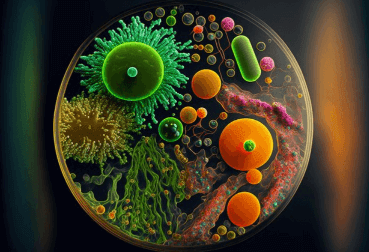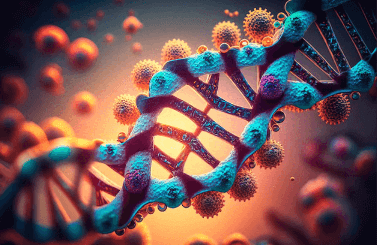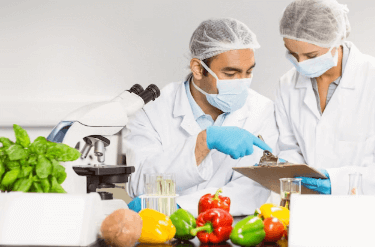Question
a.
Allosteric control of the enzyme activity
b.
Diffusional coupling between adjacent active sites
c.
Genetic control of the enzyme concentration
d.
Covalent modification of the enzyme
Posted under Biochemistry
Interact with the Community - Share Your Thoughts
Uncertain About the Answer? Seek Clarification Here.
Understand the Explanation? Include it Here.
Q. Which of the following is not a mechanism for altering the flux of metabolites through the rate-determining step of a pathway?
Similar Questions
Explore Relevant Multiple Choice Questions (MCQs)
Q. Phosphofructokinase, the major flux-controlling enzyme of glycolysis is allosterically inhibited and activated respectively by
View solution
Q. Which of the following regulates glycolysis steps?
View solution
Q. During glycolysis, the major energy generating step involves
View solution
Q. Fructose-2,6-bisphosphate
View solution
Q. Glucose from the breakdown of glycogen is obtained in
View solution
Q. Glycogen has
View solution
Q. For every one molecule of sugar glucose which is oxidized __________ molecule of pyruvic acid are produced.
View solution
Q. In the glycogen synthase reaction, the precursor to glycogen is
View solution
Q. The active form of glycogen phosphorylase is phosphorylated, while the dephosphorylation of which active form occurs?
View solution
Q. The amount of energy received from one ATP is
View solution
Q. The enzymes of glycolysis in a eukaryotic cell are located in the
View solution
Q. When concentration of the reactants is higher than the equilibrium concentration then
View solution
Q. Which of the following is not true of glycolysis?
View solution
Q. In glycolysis, ATP is formed by the transfer of a high-energy phosphate from 1,3-bisphosphoglycerate to ADR No such high-energy phosphate donor has ever been isolated in mitochondria because
View solution
Q. ATP is from which general category of molecules?
View solution
Q. The glycolytic pathway (glucose → 2 pyruvate) is found
View solution
Q. Glycolytic pathway regulation involves
View solution
Q. During catabolism, only about 40% of the energy available from oxidizing glucose is used to synthesize ATP. Remaining 60%
View solution
Q. Why does the glycolytic pathway continue in the direction of glucose catabolism?
View solution
Q. The released energy obtained by oxidation of glucose is stored as
View solution
Recommended Subjects
Are you eager to expand your knowledge beyond Biochemistry? We've handpicked a range of related categories that you might find intriguing.
Click on the categories below to discover a wealth of MCQs and enrich your understanding of various subjects. Happy exploring!








